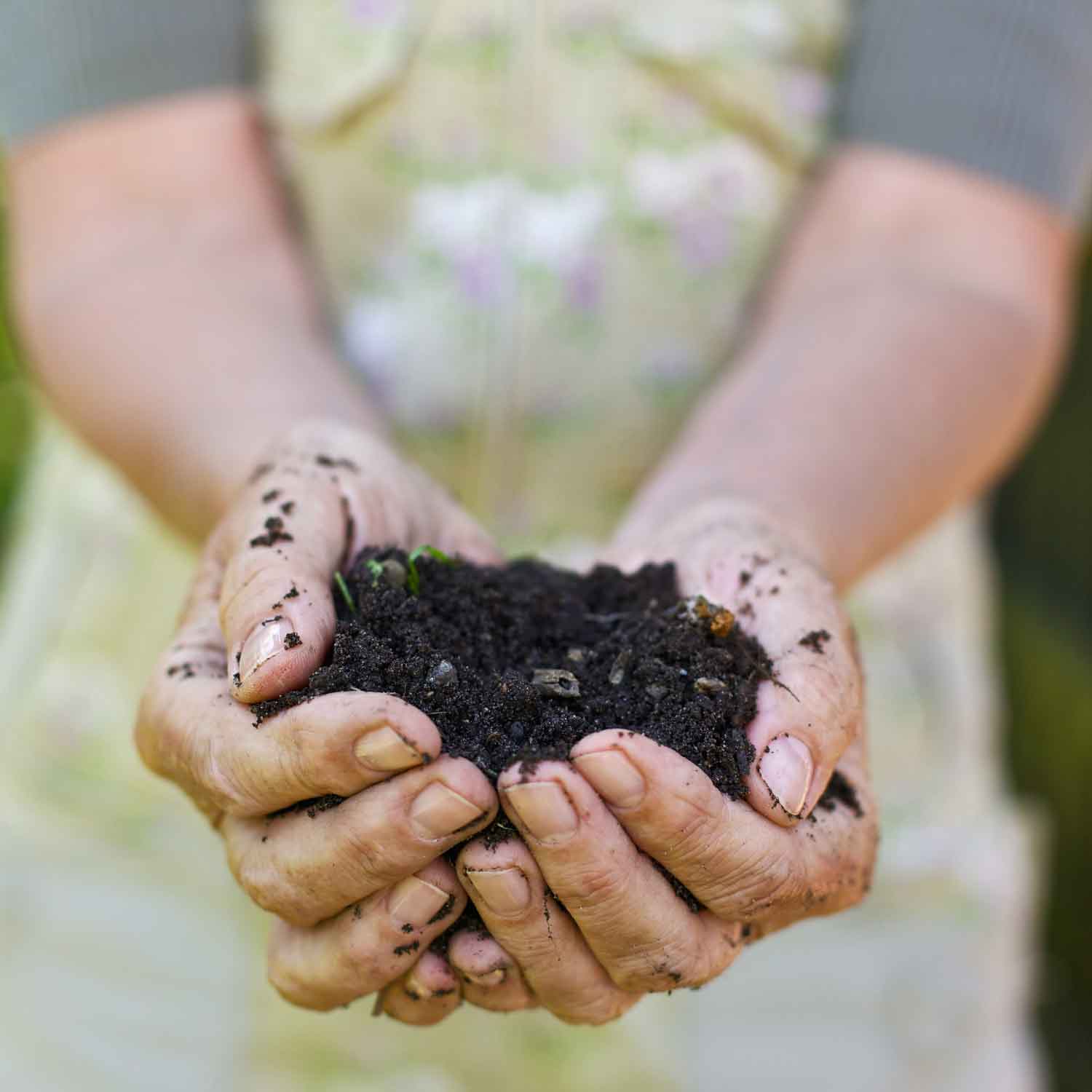How to use peat free compost
With more awareness around peat-bog depletion, peat free composts are becoming widely available, allowing gardeners to transition to a sustainable alternative.
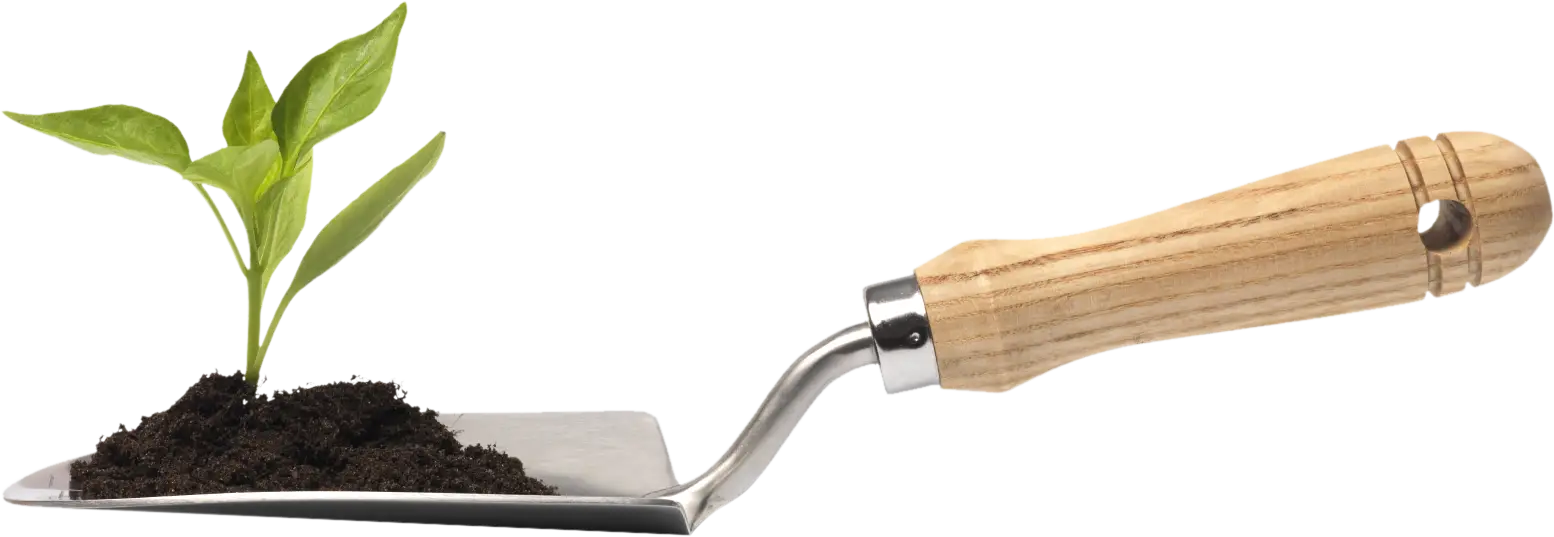

Peat has traditionally been used in large scale compost making due to its ability to retain water and nutrients. With increasing environmental pressures around its use, compost manufacturers have responded by producing an ever-increasing range of peat-free composts.
Quality has greatly improved over recent years, and with the transition to “peat free” now in effect, they’ve become good alternatives without using up the precious peat resources we have left.
The evolution of compost
Peat was used as an ingredient in composts for its sponge-like ability to retain water and nutrients. It acted as a buffer to slowly release them to the plant.
To replicate this sponge-like ability, manufacturers have developed peat free mixtures containing coir, bark, wood fibre and recycled green waste. They have also added slow-release fertilisers and inorganic materials such as grit, sharp sand, rock wool and perlite. There may also be a water retaining supplement, but that depends on the manufacturer.
Like traditional peat blends, manufacturers have also created peat free variants tailored for specific uses, such as growing trees and shrubs or growing vegetables.
To help regulate this development and give guidance to the public, the horticulture industry, along with DEFRA, has worked with manufacturers to create the Responsible Sourcing Scheme.

The scheme evaluates compost products using a grading from ‘A’ to ‘E’ to differentiate more responsibly sourced material from less responsibly sourced material. These grades are displayed on compost packaging, with an ‘A’ grade being the most environmentally friendly.
As many gardeners will be new to using peat free composts, it’s a good idea to look for this label when choosing, as it can help determine which product is best for your needs. Their website, https://www.responsiblesourcing.org.uk/ also provides a handy product list, allowing for some research prior to making a purchase.
How to work with peat free blends
As gardeners, the transition to peat free composts requires some slight adjustment to our activities, especially around storage, feeding and watering.
Storage
Unlike peat-based composts, peat free composts have a natural shelf life. Whilst peat acts like a sponge and locks in nutrient, the slow-release nutrients within peat free blends are freely suspended and will decline in concentration over time. For optimum results, it’s recommended that these composts are used within 3 to 6 months of purchase or used by the following growing season.
Feeding
All composts contain a certain amount of fertiliser to help establish plants, but this will only last for a limited amount of time. In peat free blends, the need to apply supplemental feeds will be much earlier. The packaging may give guidance and recommendations on which fertiliser to use and when to start applying it, so always check for this at time of purchase. Whilst liquid feeds will give an immediate boost, it may be necessary to apply an additional slow-release fertiliser with a full spectrum of minerals.
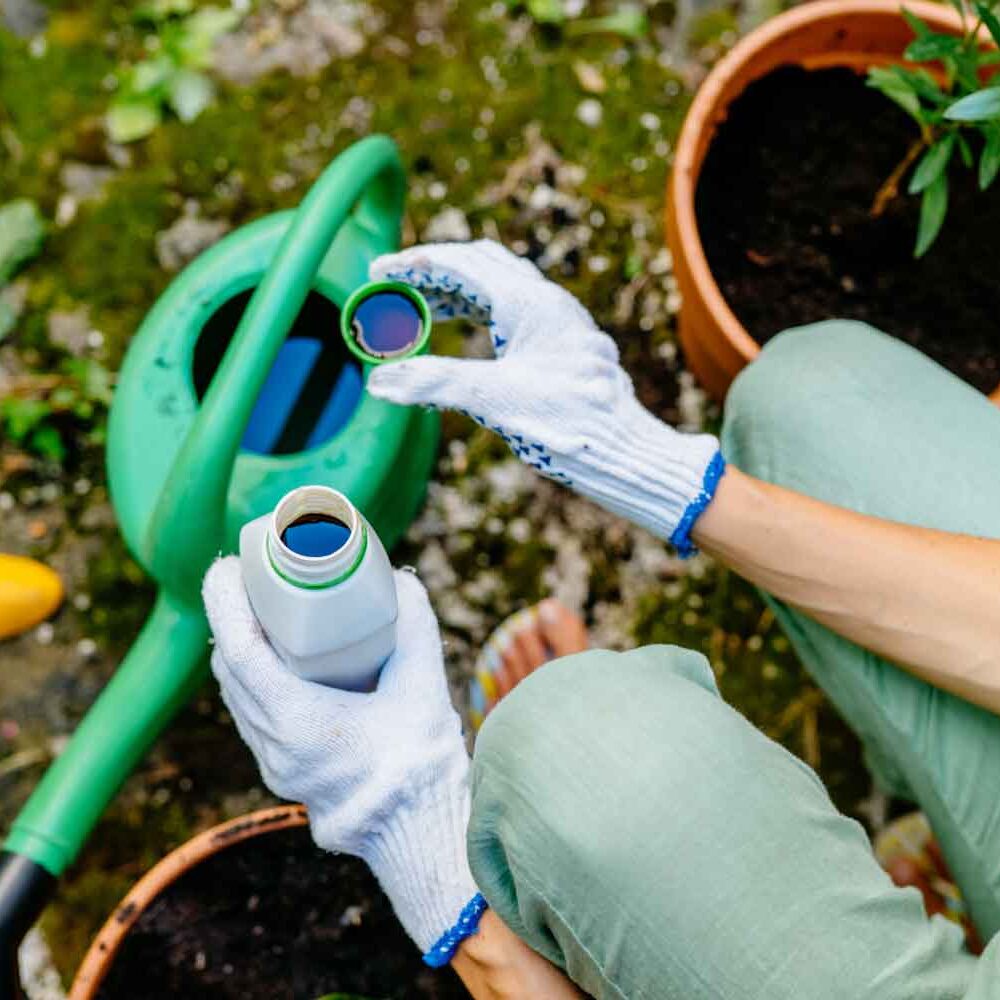
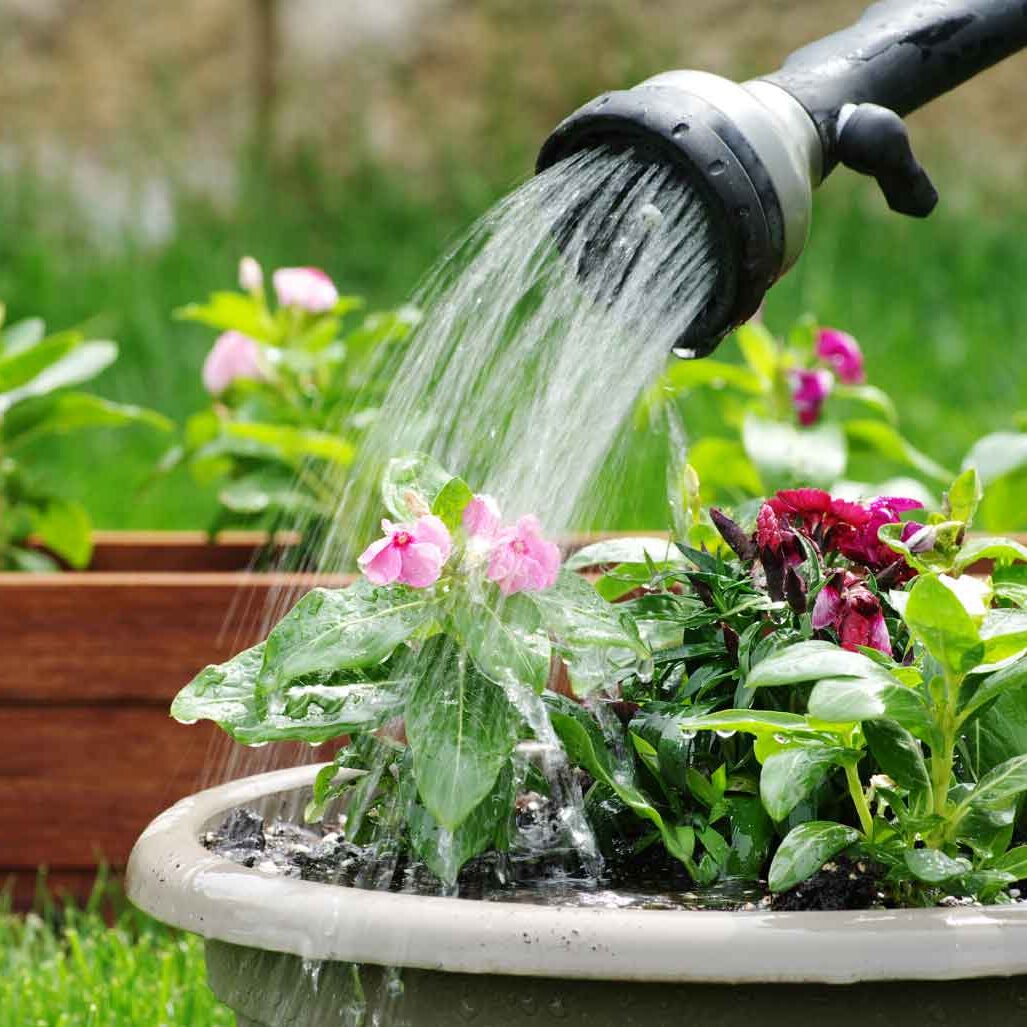
Watering
Extra care will also be needed regarding watering. Without peat’s sponge-like properties, peat free composts may require extra visits with a watering can. However, they will always need to be checked first.
Coir, wood fibre and bark-based composts can appear dry on the surface but may still be well watered around the roots. A good way to check this is to carefully press a finger into the compost and then remove it. If the compost sticks to the finger, then the compost is moist enough and the plant is OK. Peat free composts all behave differently, so the key is to build up some familiarity with a brand you like to understand how often watering needs to happen, especially under different weather conditions.
Lastly, its common to ‘use up’ any remaining peat-based composts by digging them into the ground. For peat free composts, it’s much better to mix any remaining product with new and enhance the ground with soil improvers or mulch instead.
Make your own compost...
We also recommend that gardeners embrace some traditional practices, such as making their own compost, to use as a sustainable soil improver or mulch. For more information on how to get started, check out our handy guide.
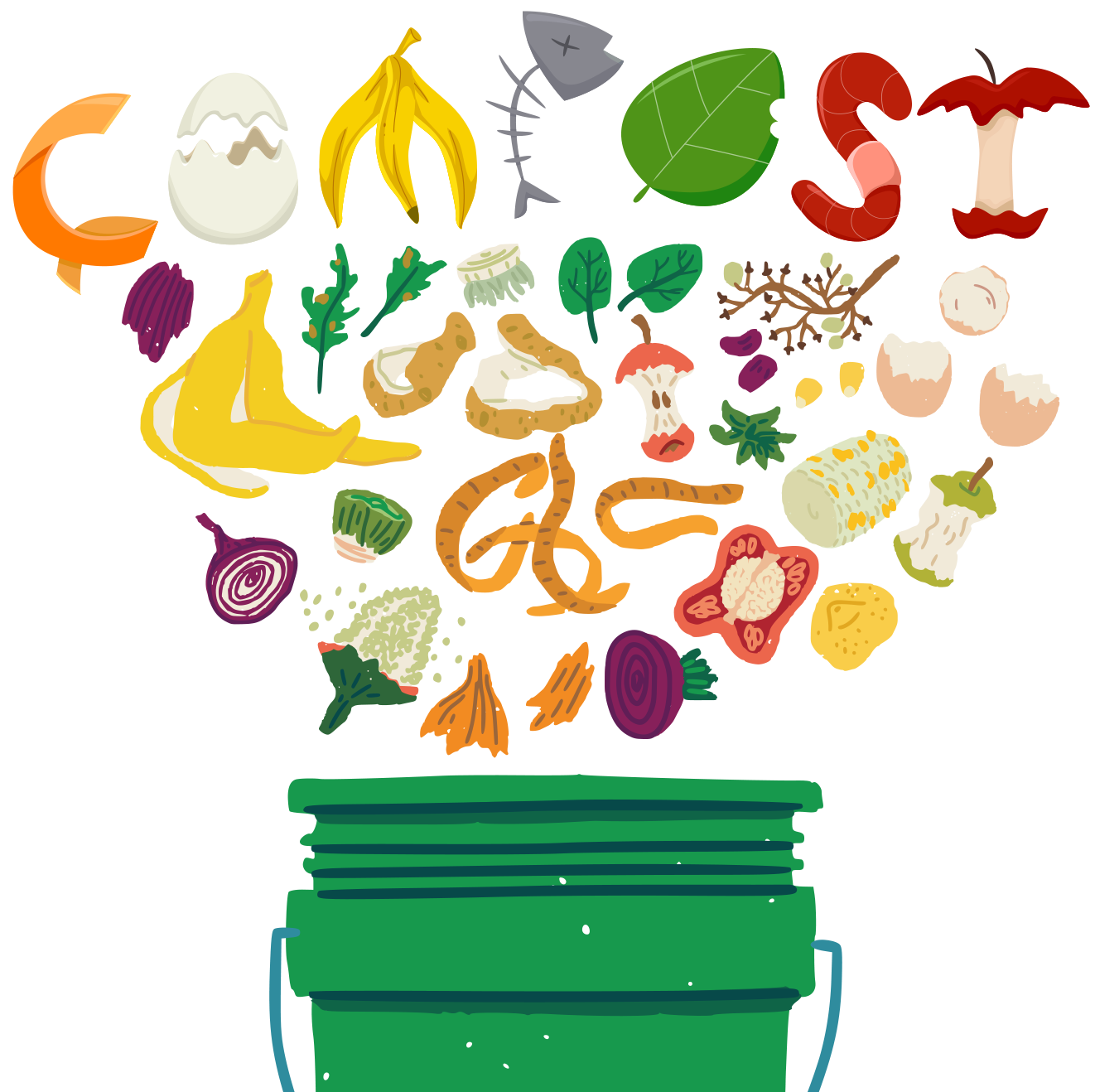
Peat free check list
- Does it say “Peat Free” on the packaging? If not, then it won’t be.
- Look for the Responsible Sourcing Scheme logo.
- Plan for a 6-month shelf-life, so as not to dispose of unwanted material.
- Peat free composts are formulated for specific plant groups and use cases. Check the packaging to see if its intended application meets your needs.
- Check the packaging for any additional plant care routines, especially watering and feeding.
- Use soil improvers, mulch, or homemade compost to improve your topsoil.
